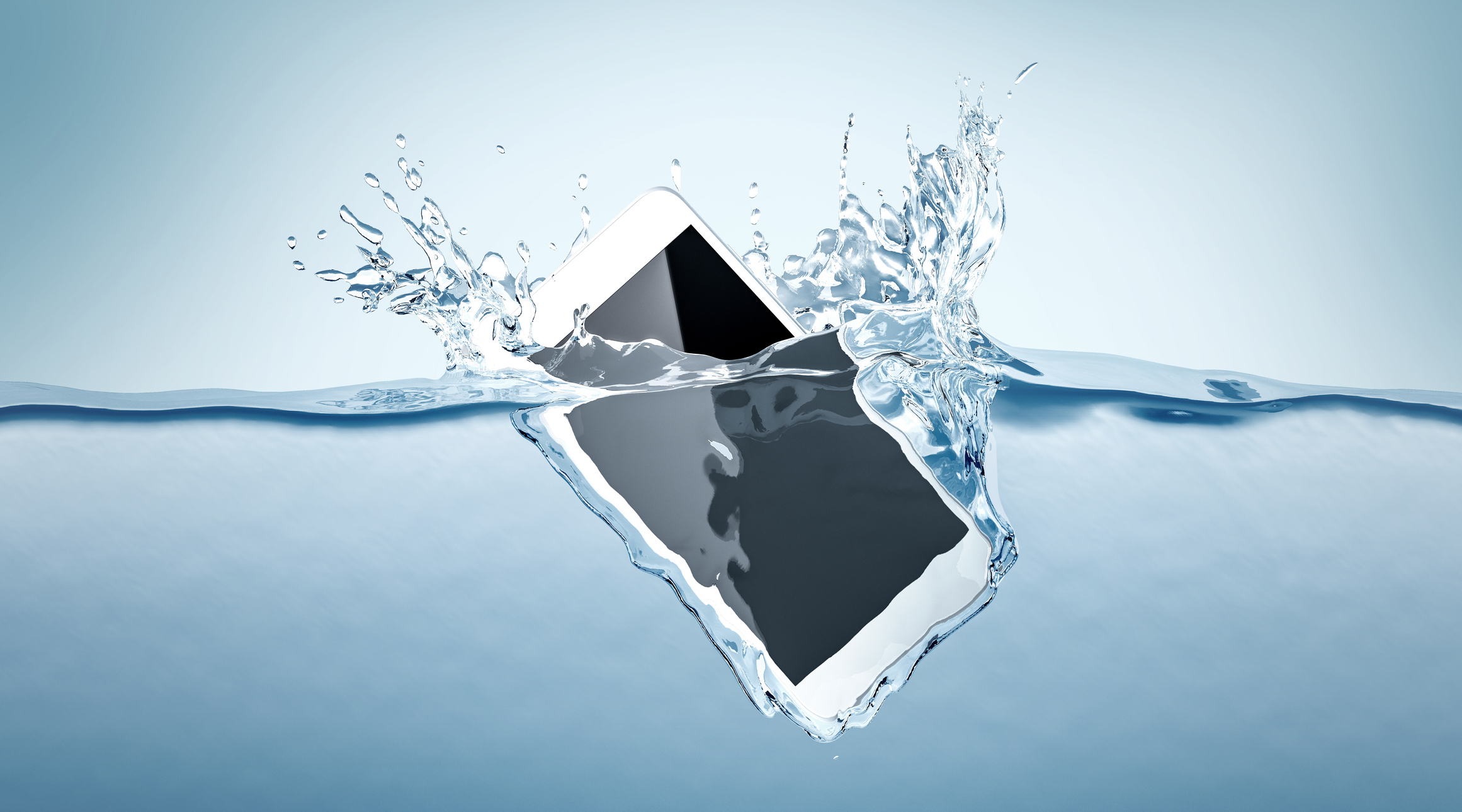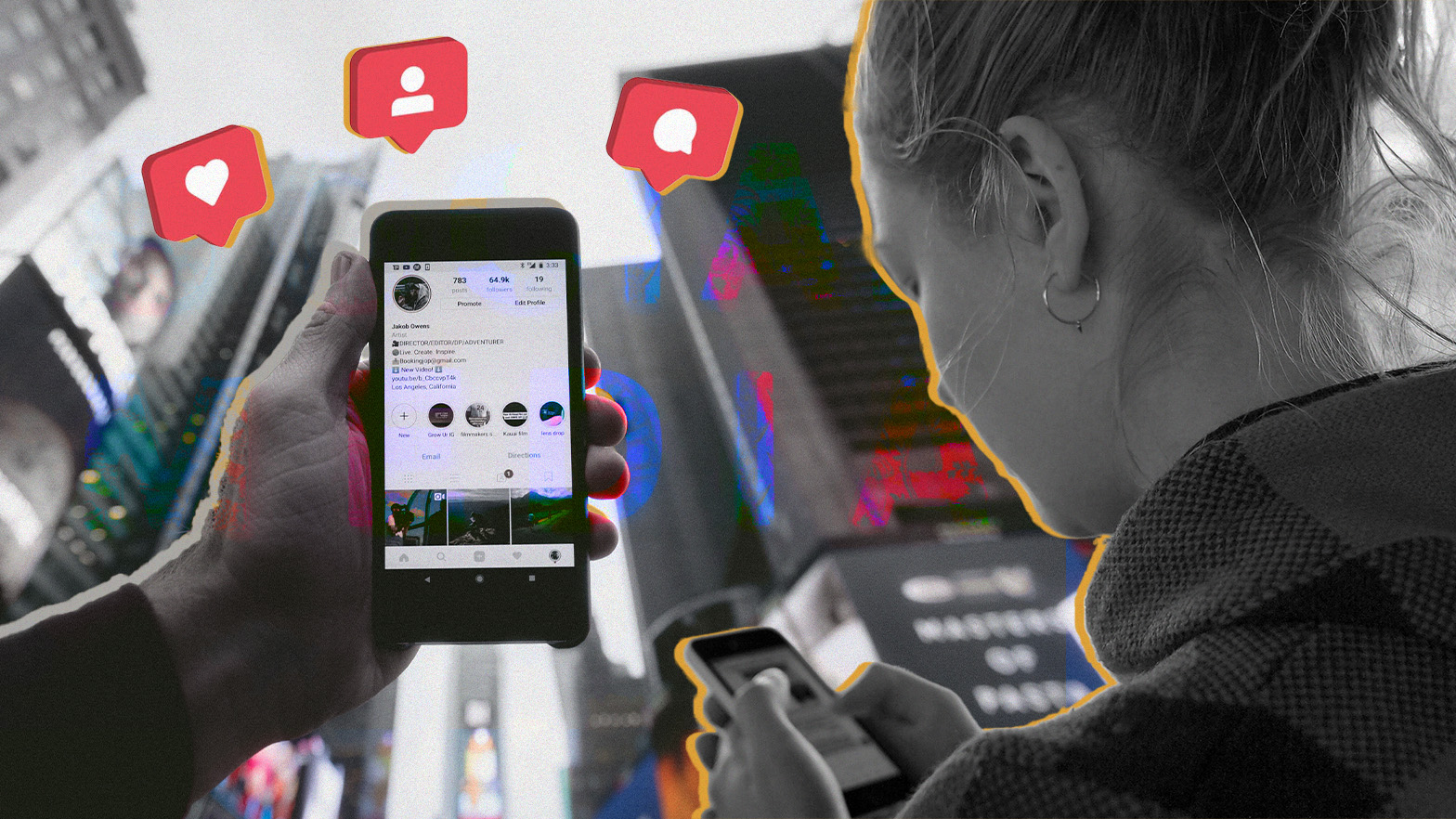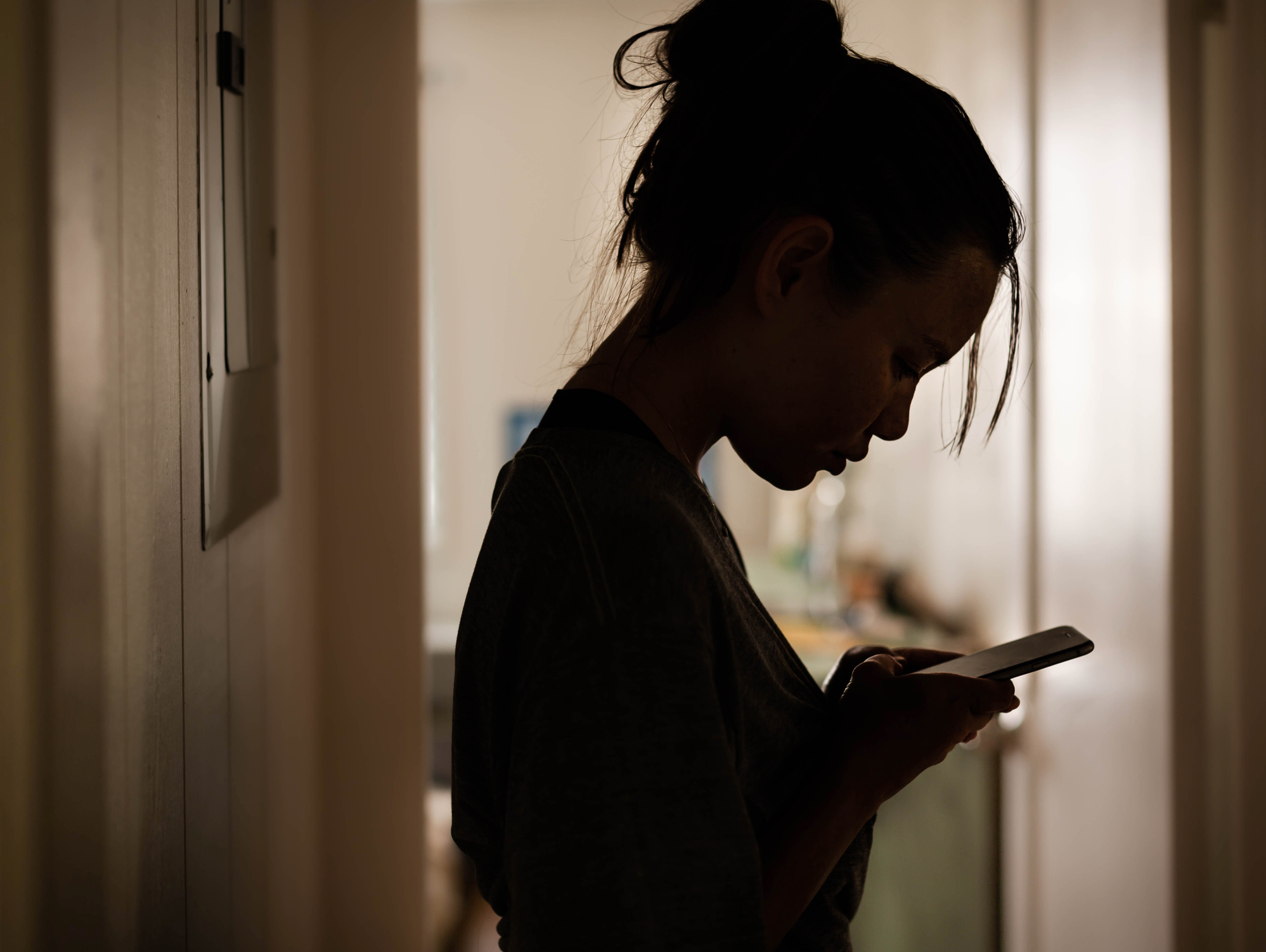Chuck Grassley throws the red flag.
Drowning in Devices

The real reason for America’s lifeguard shortage.
More than 200 million Americans will take a vacation this summer. Many will hit the beach, the favorite vacation destination for Americans. Of course, no trip to the beach is complete without a swim. However, please be careful in the water. If you do find yourself caught in a riptide, there mightn’t be any lifeguards available to assist.
The United States is running low on everything from baby formula to feminine care products, not to mention airline pilots, popcorn, lithium, and electric vehicles. But now it’s time to add lifeguards to this ever-growing, rather eclectic list. Beaches and swimming pools are crying out for lifeguards, but they are in limited supply. Each year, 4,000 people die from drowning in the United States. The lifeguard shortage is a serious issue. Across the country, as Julie Bosman, a writer with the New York Times, noted, a number of city officials are doing everything in their power to address the shortage. Six Flags St. Louis, for example, is offering $18 an hour to lifeguards (as well as a $500 bonus). In some states, lifeguards can earn $21 per hour. In Los Angeles, some lifeguards have racked up enough overtime to put them in the fabled One Percent of top earners: “Ninety-eight LA lifeguards earned at least $200,000 and 20 made between $300,000 and $510,283,” according to industry newssheet Beach Grit.
However, even with decent wages, very few people appear willing to lotion up, grab a whistle, and hop on the ladder. According to Bosman, in states like Wisconsin, “there are simply fewer teenagers than in decades past, as residents have increasingly chosen to have smaller families.” That’s a fair point to make, but there is another possible reason for the shortage, one that becomes more probable the more you consider it.
Being a lifeguard—or at least a good one—requires undivided attention. That means no cellphones. If lifeguards are caught using their phones in non-emergency situations, they can be suspended or fired. No phone means no social media. Some will shrug their shoulders and say, so what. But the average age of a lifeguard in the U.S. is 24—in other words, a member of Generation Z, born between 1997 and 2012. Colloquially known as zoomers, these youngsters were raised on a digital diet of smartphones and flashing screens.
Of the 65 million zoomers in the US, 55 percent of them use their smartphones for five or more hours per day. Of course, many of us are also guilty of spending too much time on our digital devices.. Nevertheless, as a report published by Hofstra University warns, members of Gen Z “face the most severe consequences of iDisorder, a condition where the brain’s ability to process information changes because of overexposure to technology.” The disorder is fueled by obsession and dependency; this results in “psychological, physical and social disorders, including depression, anxiety, repetitive motion disorder, [and] sleep deprivation,” among other ailments.
If you’ve never heard of the disorder before, you’re not alone. It’s a new condition, a product of our digitally-distorted times. Coined a decade ago by Larry Rosen, an expert in the “psychology of technology,” iDisorder basically results in a rewiring of the brain, directly affecting a person’s ability to process information and relate to their immediate environment. The afflicted have a compulsive need to check their phones (and other devices). The key word here is “compulsive.” Any compulsive behavior is considered addictive when it impairs a person’s ability to function properly, bringing us back to the lifeguard shortage.
To millions of people across the country, slaves to their smartphones, a very decent wage simply can’t compete with the pull of a digital device. Imagine drinking alcohol for 5 hours every day, then finding yourself in an environment, day in and day out, where alcohol is strictly forbidden. Now, some will argue that cellphone use and alcohol use are not comparable. They are. As shown by Baylor’s James Robert, an expert in the study of addictive behaviors, habitual cellphone use breeds dependency. In fact, the dependency it breeds looks eerily similar to the dependency displayed by alcoholics and drug addicts. Deprive a chronic phone user of their smartphone and they may very well display withdrawal symptoms that can have both physical and mental impacts. To many, I’m sure, being asked to sacrifice your phone for 8 hours a day (in return for $120-$160) sounds rather appealing. To millions of zoomers, however, it probably sounds hellish. Stay safe out there.
The American Mind presents a range of perspectives. Views are writers’ own and do not necessarily represent those of The Claremont Institute.
The American Mind is a publication of the Claremont Institute, a non-profit 501(c)(3) organization, dedicated to restoring the principles of the American Founding to their rightful, preeminent authority in our national life. Interested in supporting our work? Gifts to the Claremont Institute are tax-deductible.
Wither girls?
There’s a generation gap on the Right, and it’s hurting us.
Protection from pregnancy will not protect you from suffering.
Zoomers may need a little extra help in getting them ready for work and adult life.
Social media fosters a reduced preference for freedom.






